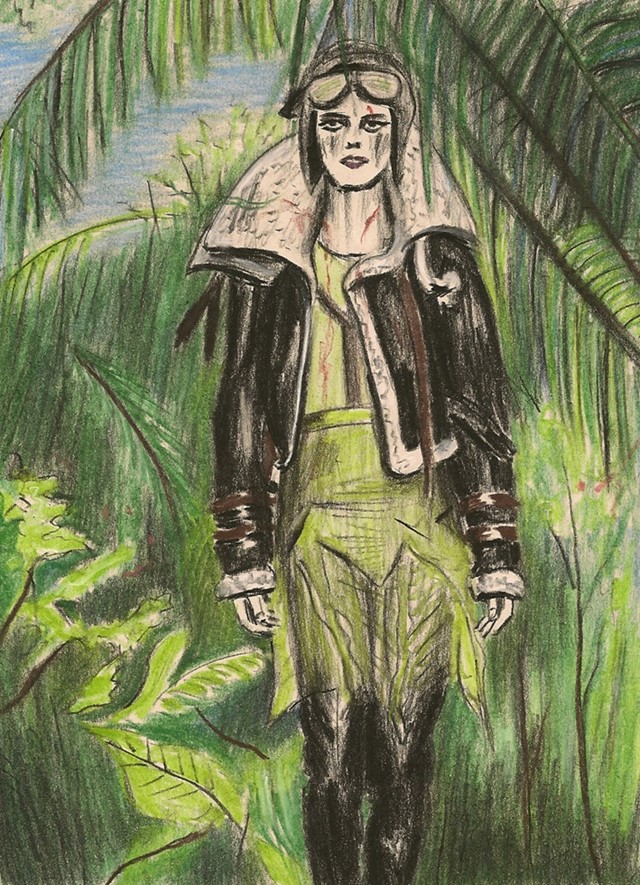Among the trends cleared for take-off this season is the humble-yet-iconic flying jacket. Christopher Bailey based his entire collection around Burberry's archival aviator jacket, cropping them, out-sizing them, and producing them in a range of
Among the trends cleared for take-off this season is the humble-yet-iconic flying jacket. Christopher Bailey based his entire collection around Burberry's archival aviator jacket, cropping them, out-sizing them, and producing them in a range of different colours, washes and fits. Swedish label Acne – after the runaway success of its Amelia Earhart-esque number last year – flew into unknown territory, basing its autumn/winter 2010 styles on the intergalactic airmen, women and Wookies of the Star Wars films.
The flying jacket might be yet another rehabilitated classic that the industry has laid its fickle hands on, but it has spent longer in the Bermuda Triangle of fashionability than most ‘modern classics.’ Conceived originally as the most functional way of staying dry while high (in a roofless biplane or un-insulated fighter jet, for instance), the flying jacket combines the durability and practicality of leather with the warmth and comfort of sheepskin.
Leather as a high-fashion medium was unheard of before the 20th century. It was previously used only for footwear – and even then the finest ladies wore silk slippers as proof they never actually needed to go anywhere on foot – and for workwear. Blacksmiths’ and butchers’ aprons (of the sort that Margiela reworked into evening gowns for his debut collection in 1989) were made from rough-hewn leather, as it combated both sparks and splash-back. Finer versions of more intricately tooled hide were used as a means of covering furniture and creating the very smoothest and shiniest of riding boots for those lucky enough to afford them.
But with the advent of mechanical transport, which begged sturdier, more protective clothing, designers and innovators turned their eyes to leather for outerwear, taking it out of the forge and into the fashion fray.
As if inventing the rip-cord parachute wasn't enough, designer and aeronaut Leslie Irvin pioneered a leather ‘bomber’ jacket (named after the type of pilots who wore them) lined in sheepskin, which would provide warmth in the sub-zero altitudes that modern planes could now reach. He outfitted the RAF for the Battle of Britain in the same way Marks & Spencer has the England football team.
Meanwhile, American aviator Amelia Earhart combined a love of heights and an interest in fashion by launching her own ready-to-wear collection for Macy's in 1934. History does not record whether the line included a bomber jacket, but attention to detail included parachute-silk dresses and buttons shaped like propellers.
Aprés Biggles & co, le deluge: the leather bomber jacket remains one of the most reliably timeless articles of clothing. Whether on George Bush visiting troops in Afghanistan or Pixie Geldof drinking cider in the park, they're not just for frequent flyers.
Zoë Taylor has appeared in Le Gun, Bare Bones, Ambit and Dazed & Confused. She is currently working on her third graphic novella and an exhibition
